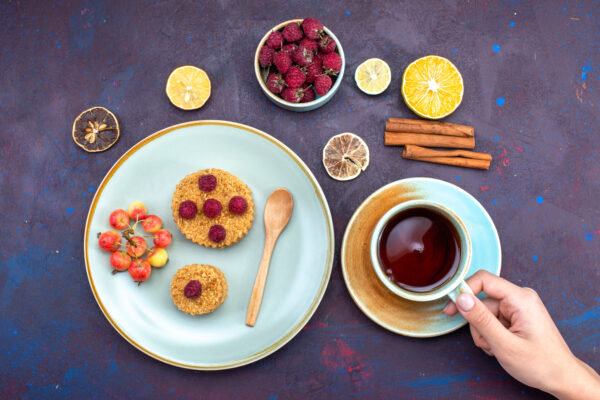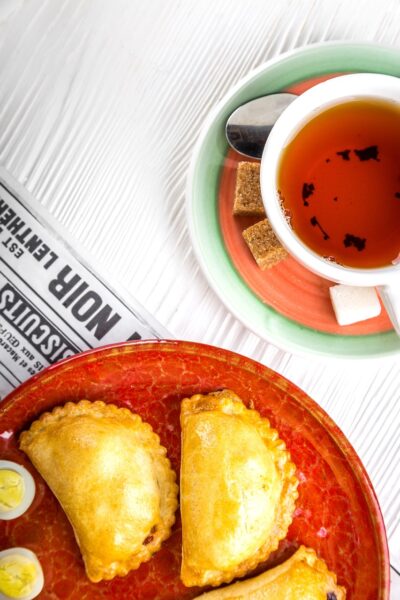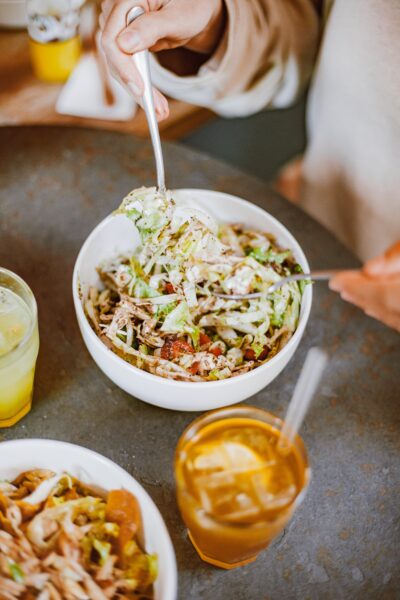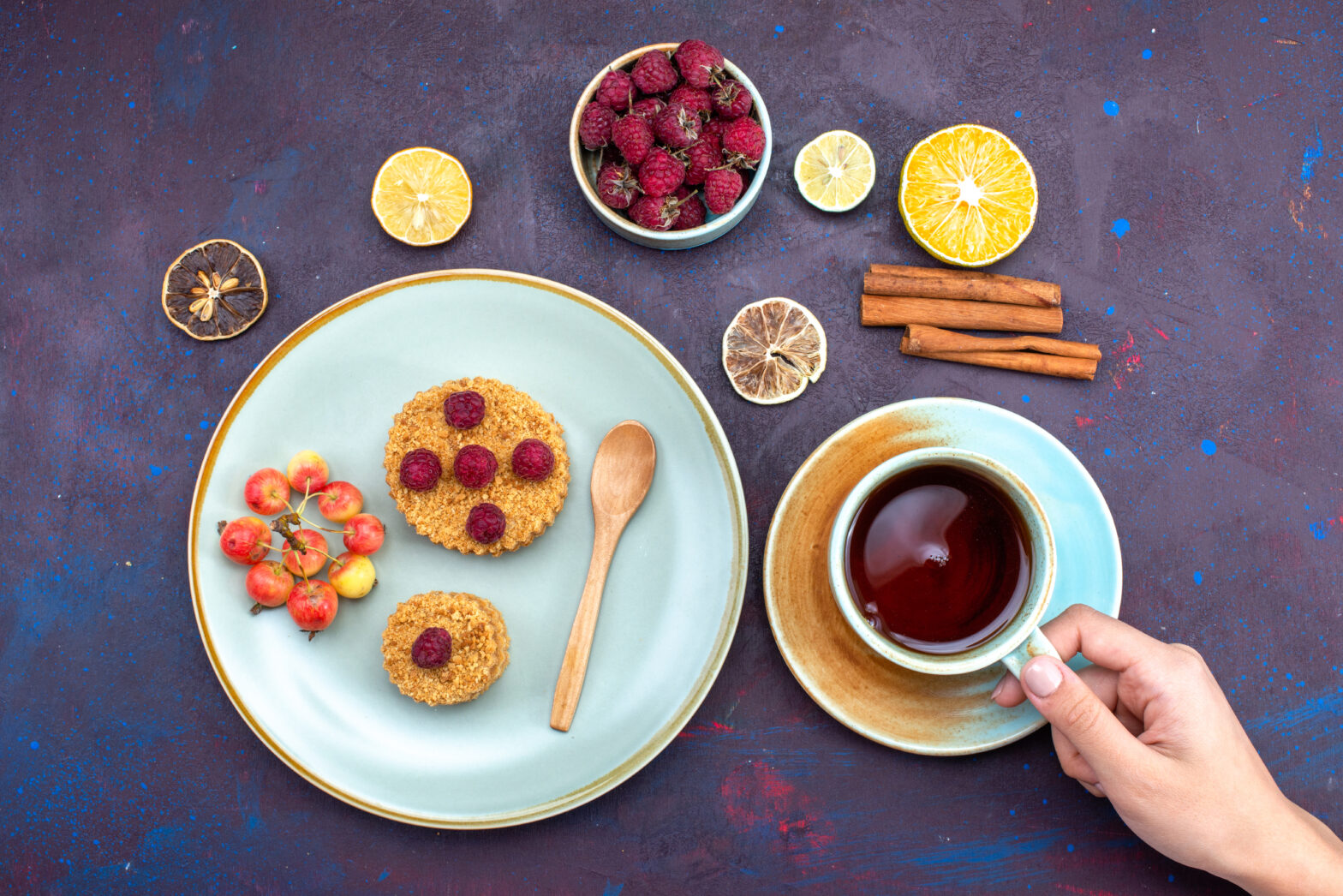
Tea, often considered a beverage for relaxation or a morning pick-me-up, holds a versatility that extends far beyond mere sipping. When carefully paired with food, it has the power to elevate culinary experiences, tantalizing taste buds and enhancing flavors in unexpected ways. Just as wine pairing has been long celebrated, tea pairing brings a unique dimension to dining, offering a diverse range of flavors, aromas, and textures to complement various dishes. In this guide, we’ll delve into the art of tea pairing with food, exploring how different types of teas can enhance your gastronomic adventures.
Understanding Tea Varieties: Before diving into the nuances of pairing, it is essential to grasp the broad categories of tea:
Green Tea: Renowned for its fresh, grassy notes and delicate flavors, green tea harmonizes beautifully with light dishes such as salads, steamed vegetables, and seafood. Its subtle astringency and refreshing qualities cleanse the palate, making it an ideal companion for nuanced flavors.
Black Tea: Bold, robust, and often exhibiting malty undertones, black tea pairs seamlessly with rich and hearty dishes. Whether enjoyed alongside grilled meats, spicy cuisines, or savory pastries, its tannic structure adeptly cuts through fats, offering balance and depth to the meal.

Oolong Tea: With its diverse spectrum of flavors ranging from floral and fruity to toasty and nutty, oolong tea offers versatility in pairing. It complements a myriad of cuisines, spanning from Chinese to Mediterranean, and pairs harmoniously with dishes such as roasted chicken, sushi, or stir-fries.
White Tea: Characterized by its delicate, subtly sweet flavor profile, white tea complements light and subtly flavored dishes with finesse. It accentuates the natural sweetness of fruits, salads, and mild cheeses, making it an excellent choice for brunches or afternoon tea sessions.
Herbal Tea: Diverging from traditional teas derived from the Camellia sinensis plant, herbal teas encompass a vast array of infusions made from herbs, flowers, fruits, and spices. Their diverse flavor profiles render them suitable for pairing with an array of foods, from desserts and cheeses to spicy or aromatic dishes.

Principles of Tea Pairing: Complement or Contrast: When selecting teas to pair with food, consider whether you wish to complement the flavors of the dish or create a contrasting experience. For instance, pairing a spicy curry with a cooling mint tea provides a delightful contrast, while matching a citrusy green tea with a lemon tart complements the flavors harmoniously.
Consider Intensity: Align the intensity of the tea with the richness of the dish. Lighter teas such as green or white tea fare well with delicate flavors, whereas stronger teas like black or oolong stand up admirably to bolder, more robust dishes.
Texture Matters: Pay heed to the texture of both the tea and the food. Creamy desserts may find harmony with a smooth, velvety tea, while crisp snacks may benefit from a brisk, refreshing brew.

Regional Pairings: Explore regional tea and food pairings to indulge in the harmonious flavors that have evolved together over centuries. For example, relish Japanese green tea alongside sushi or savor Indian chai with spicy samosas for a culturally rich culinary experience.
Practical Pairing Suggestions: Green Tea: Pair with sushi, light salads, steamed fish, or lemon-infused desserts. Black Tea: Pair with hearty dishes such as beef stew, chocolate desserts, or buttery pastries. Oolong Tea: Pair with roasted chicken, dumplings, grilled vegetables, or pineapple upside-down cake. White Tea: Pair with fresh fruit, goat cheese salads, poached pears, or delicate pastries. Herbal Tea: Pair fruity herbal teas with berry desserts, spicy herbal teas with Indian or Mexican cuisine, or floral herbal teas with citrus-infused dishes.
Tea pairing with food invites enthusiasts on a sensory journey, where flavors, aromas, and textures intertwine to create memorable culinary experiences. Whether orchestrating an elaborate dinner party or relishing a casual brunch, experimenting with diverse tea and food combinations offers an avenue for exploration and discovery. Embrace the art of tea pairing, and embark on a voyage of gastronomic delight where each sip and bite harmonize to create moments of pure culinary bliss. Cheers to the captivating world of tea and food pairing!

